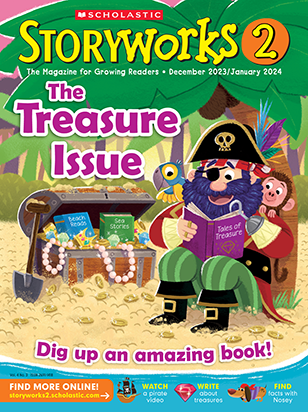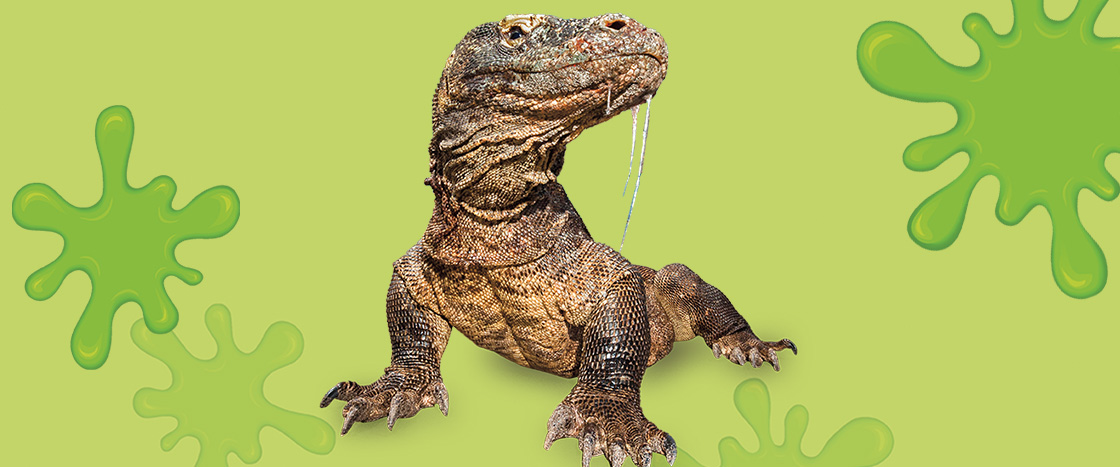Michael Dunning/Getty Images
The Komodo dragon is a deadly lizard. Its body makes a slime full of venom. That’s poison! The slime helps the lizard eat other animals.
The lizard bites into an animal. Venom-filled slime drips out between its teeth. The slime paralyzes the animal. It can’t move. Now the lizard eats its meal.

